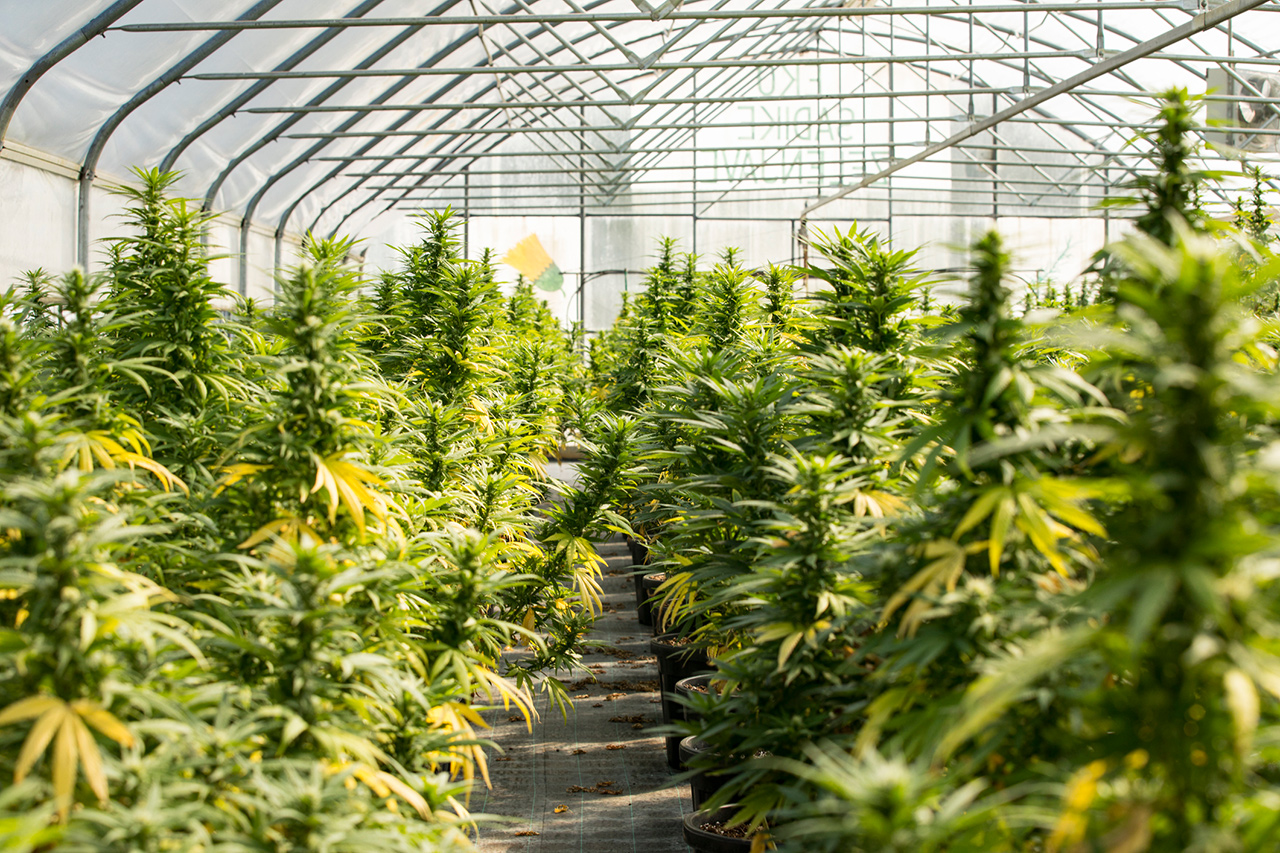Hop latent viroid (HpLVd) significantly reduce the yield and potency of cannabis harvests. An effective method of control is early detection to eradicate infected cannabis plants. Regular testing is therefore essential to protect against outbreaks and prevent losses of entire harvests.
What is Hop Latent Viroid?
Hop latent viroid is a pathogen that infects cannabis plants throughout North America. It’s also known as “Dudding disease” due to its tendency to stunt growth and reduce yield, producing a “dud” harvest.
HpLVd isn’t easy to detect as many early cases are asymptomatic. Plants may grow slower than usual or exhibit stunted growth. However, this may not become clear until the plant is mature. Early testing is the only way to reliably identify the pathogen and prevent it from spreading to other plants.
What Does It Do to the Cannabis Plant?
Once the plant starts displaying symptoms of HpLVd, growers will notice:
- Brittle stems
- Reduced trichome counts
- Stunted growth
- Low flower yields
It’s then essential that growers confirm the presence of HpLVd– this will help you respond effectively.
As the viroid may be asymptomatic, testing is recommended as a routine procedure – don’t wait until it shows symptoms.
How is the Spread of the Virus Prevented?
If only a single plant is infected, it should be removed and destroyed. Surrounding plants must be quarantined and tested several more times for the pathogen.
Once the plant pathogen has been detected, routine testing is essential to ensure it hasn’t spread to other plants. Tools and equipment should always be thoroughly cleaned.
The only reliable method to clean plants infected with HpLVd is through tissue culture systems and heat or cold treatments.
Contact PML Laboratories to start testing.



